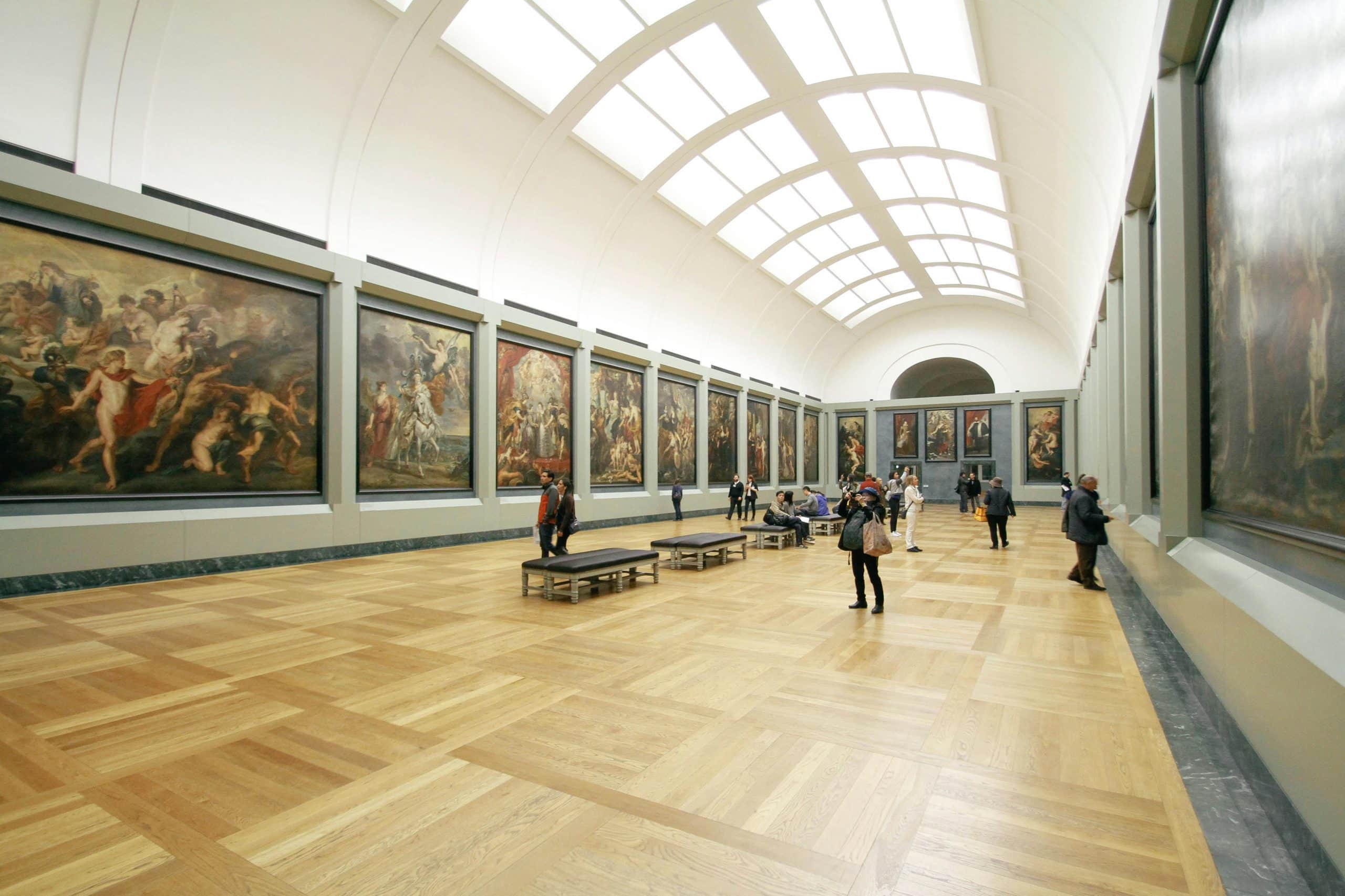How do UK museums make history accessible for children?

In today’s digital age, museums are finding innovative ways to captivate, educate and entertain their visitors, particularly the young ones. They are not just silent halls filled with static exhibits anymore, but transformed into dynamic spaces that offer interactive learning experiences. We'll now delve deeper into the strategies employed by UK museums to make history accessible to children, making a museum visit an exciting affair for families.
Transforming Museums into Family-friendly Spaces
UK museums are constantly re-inventing themselves to become more family-friendly, ensuring they cater to the needs of visitors across all age groups. They understand that the key to fostering a love for history in children is to make learning enjoyable and engaging. To this end, museums have adopted a variety of strategies.
A découvrir également : What are the sustainability efforts at major UK tourist attractions?
Interactive exhibits are one of the primary ways museums engage their young visitors. Touch screens, virtual reality, and augmented reality tools are employed to bring history to life. Kids can "step into" a historical event, interact with characters and objects from the past, and learn in a way that traditional textbooks do not allow.
Museums also provide resources specifically designed to help kids explore the galleries. These can include explorer maps, activity trails, and quizzes that lead children on a learning journey throughout the museum. Additionally, many museums have dedicated kid-friendly spaces where children can play and learn at their own pace.
En parallèle : What are the best historical reenactments to attend in the UK?
Engaging Young Visitors with Innovative Learning Resources
UK museums have been creative in providing a wide range of resources specially tailored for children. These resources are designed to spark curiosity, stimulate conversation, and inspire young minds. They are often integrated with the school curriculum, so that learning is reinforced both inside and outside the classroom.
Many museums have downloadable resources for families and schools on their websites. These resources will include activity sheets, storybooks, and guides that relate the museum's exhibits to topics children learn in school.
Furthermore, UK museums have also started offering digital resources. These include online games, quizzes, and interactive timelines that allow children to explore history in a fun and engaging way. Museums are increasingly using technology to bring history closer to their young audiences.
The Role of ‘Sprite’ in Making History Exciting
A unique aspect of making history accessible for children in UK museums is the use of ‘sprite’-like characters. These characters, either based on real historical figures or fictional, serve as guides through the museum. They pop up in different exhibits, providing interesting tidbits of information and engaging children in a narrative that spans across the museum.
The sprite makes the museum visit a more personal and engaging experience for the children. They look forward to finding the sprite in different exhibits, learning more about the character's story as they explore the museum. It's a fun and interactive way to learn history, which is often more effective than classic teaching methods.
Highlighting Young People’s Contribution to Museums
UK museums also acknowledge the vital contribution that young people make in shaping these institutions. Many museums involve children and teenagers in their work, allowing them to contribute ideas and even help design exhibits. This not only makes the museum more appealing to young visitors, but also gives them a sense of ownership and pride in their local heritage.
Children are also recognised for their contributions. Several museums offer awards to young people who have made significant contributions to the museum. The awards encourage more children to get involved and make a positive impact on the museum and its visitors.
Museums Collaborating with Schools
UK museums and schools often work hand in hand to enhance the learning experience of children. Museums offer a wide range of school programmes that are designed to complement the school curriculum. These programmes include workshops, guided tours, and behind-the-scenes experiences, all of which provide children with a more immersive and hands-on learning experience.
Museums also offer training and resources for teachers, equipping them with the knowledge and skills to effectively use the museum as a learning tool. This collaboration between museums and schools elevates the learning experience, making history more accessible and enjoyable for children.
In the final analysis, UK museums have evolved from being mere repositories of artefacts to becoming active learning environments. They are continually innovating and implementing strategies to engage their young visitors, transforming history from a dry subject into an exciting journey of discovery. The future of UK museums looks bright, as they work tirelessly to inspire the next generation of history enthusiasts.
Making Museums Accessible for Autistic Visitors
In a noteworthy initiative, UK museums are extending their reach to be more inclusive of autistic visitors. Recognizing the diverse needs of their audience, museums are implementing strategies to create an inviting, comfortable, and enjoyable experience for autistic children.
A key aspect of this initiative is to design sensory-friendly exhibits. Museums are mindful of the different ways that autistic children experience the world. Sensory-friendly exhibits take into consideration the specific needs of these children, such as minimizing loud noises, bright lights, and crowded spaces.
Museums also offer pre-visit materials that help children familiarize themselves with the museum environment. These materials include guides that use simple language and visual aids to describe the museum layout, the exhibits, and what to expect during the visit. This preparation can significantly reduce anxiety and help children have a more enjoyable museum visit.
On the other side, Takeover Day is a popular event in UK museums. During this day, children take on roles usually performed by adults in the museum. These roles can range from tour guides and curators to members of the museum's board. It's a great opportunity for children to gain a sense of ownership and pride in their local museum.
The Arts Award and Museums Galleries
UK museums are also leveraging the Arts Award, a national qualification that supports young people to develop as artists and arts leaders. The Arts Award program encourages children to explore different art forms, including visual arts, dance, music, and drama.
Many UK museums, including art museums, history museums, and the British Museum, are Arts Award Supporters. They provide opportunities for children to engage with the arts and contribute towards their Arts Award. This can include viewing and reviewing exhibitions, participating in workshops, or even creating their own artwork.
The Museum of Childhood and Natural History Museum are examples of UK museums that have been particularly effective in engaging young audiences. They have successfully created family-friendly spaces that cater to the interests and needs of their visitors, from interactive exhibits and sprite icons to resources for autistic visitors and Arts Award programs.
Conclusion: Inspiring a New Generation of History Enthusiasts
UK museums have emerged as exciting, dynamic spaces that are keenly attuned to the needs and interests of their young visitors. From transforming their spaces to be more family-friendly, to creating engaging learning resources, to recognizing and fostering the contributions of young people, museums have left no stone unturned in their efforts.
The use of sprite icons as guides, the inclusivity of autistic visitors, and the celebration of events like Takeover Day and the Arts Award, are all evidence of the innovative approaches UK museums are taking to engage with their audiences. The result is a rich, interactive learning environment that brings history to life and instils a lasting love of learning.
UK museums are not just about preserving the past, they are about inspiring the future. They are committed to making history accessible and engaging for everyone, regardless of age or ability. As they continue to innovate and evolve, UK museums are set to inspire a new generation of history enthusiasts. Society is indebted to these institutions for their tireless efforts in fostering a love of history and culture in their young visitors, who are, after all, the guardians of our heritage in the future.
